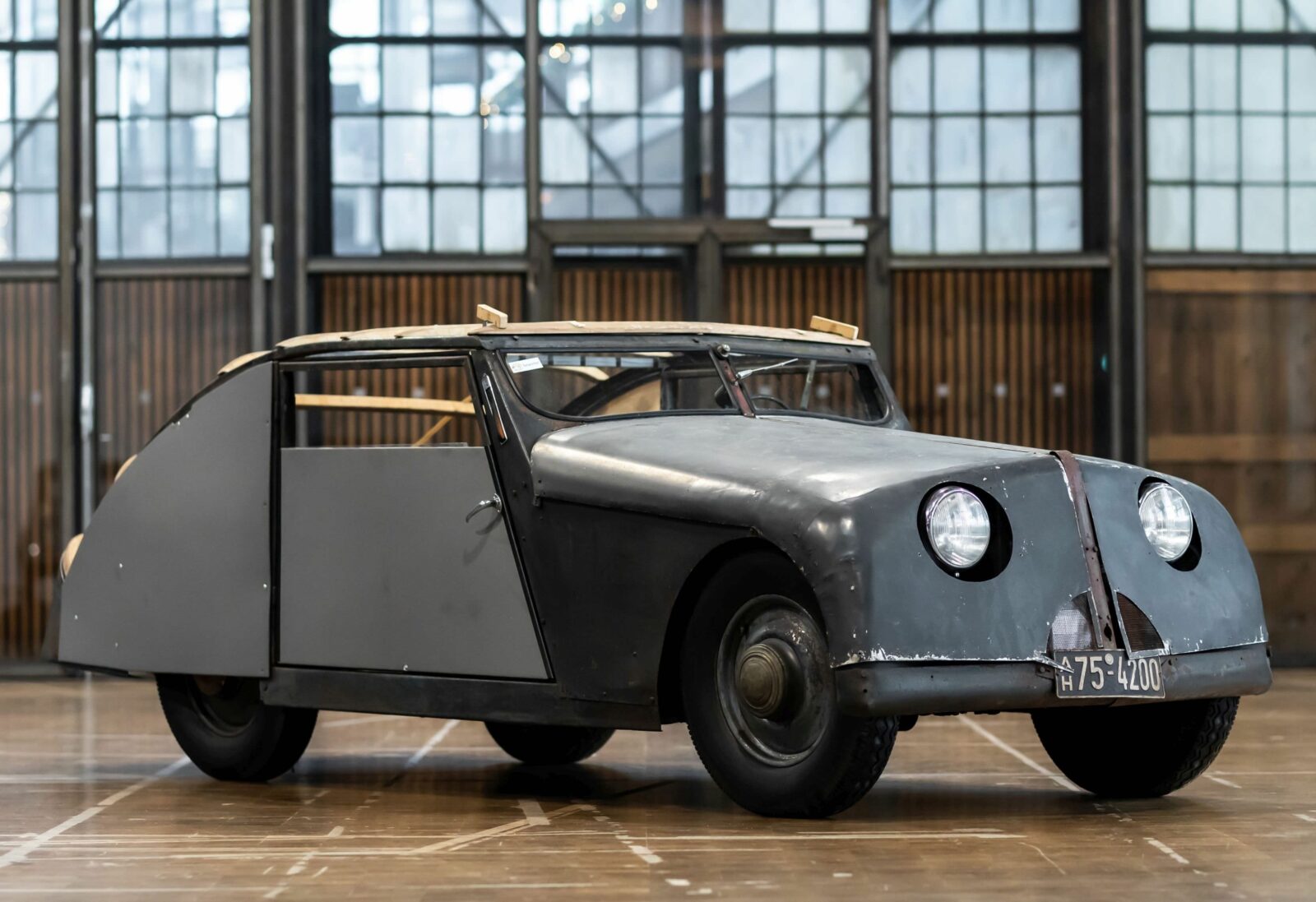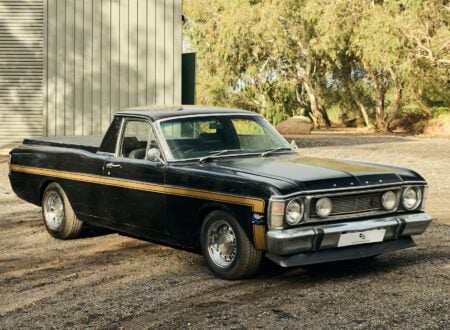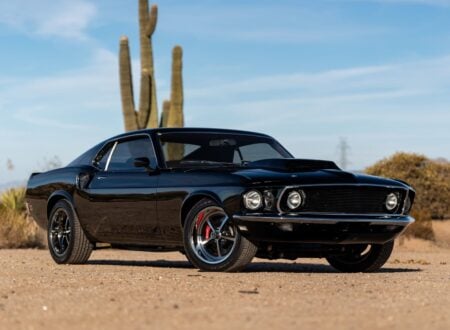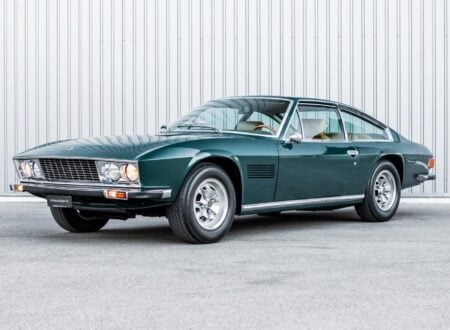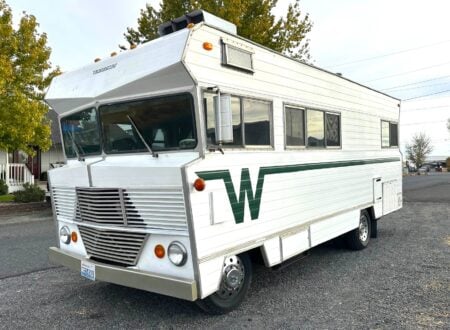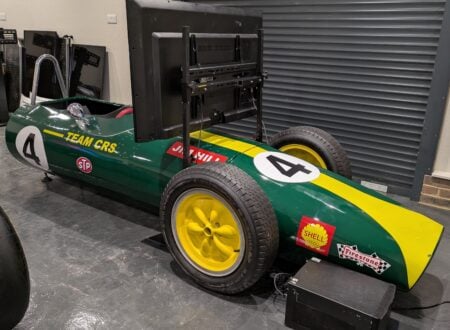This is a car you may never have seen before, I certainly hadn’t, it’s called the Röhr “Tatzelwurm” and it’s the only one of its kind. By the standards of the 1930s the design was quite advanced, with a fastback roofline and integrated headlights up front for better aerodynamics.
The car was designed and built by Karl-Wilhelm Ostwald, a mechanical engineering student at the time, who had been employed as a trainee at German automaker Röhr in 1934. He acquired a Röhr Junior chassis and built his own car on it – the Röhr Tatzelwurm.
Fast Facts – The Röhr “Tatzelwurm”
- Though it’s badged as a Röhr the Tatzelwurm would probably be better described as a Tatra-Ostwald, as it rode on a Tatra-designed chassis with a body developed by mechanical engineer Karl-Wilhelm Ostwald.
- Ostwald was working as a trainee at the Neue Röhr AG automaker in Germany in 1934 when he discovered an unused Röhr Junior chassis, he managed to acquire it and set to work designing his own car.
- The car was nicknamed the “Tatzelwurm” after the mythical creature that had the head of a cat on the body of a snake. Ostwald’s design was advanced for the time, with much better aerodynamics than regular production automobiles.
- The car you see here is the original Röhr Tatzelwurm, it was kept and used by the Ostwald family for almost 40 years before it was acquired by the collector who currently owns it. It’s now being offered for sale with a price guide of $54,300+ USD.
Röhr Automobiles
Röhr was a German automaker, officially known as Röhr Auto AG, that was founded by engineering genius Hans Gustav Röhr along with investor Hugo Greffenius in 1926 to build a car that had been designed by Hans – the Röhr 8.
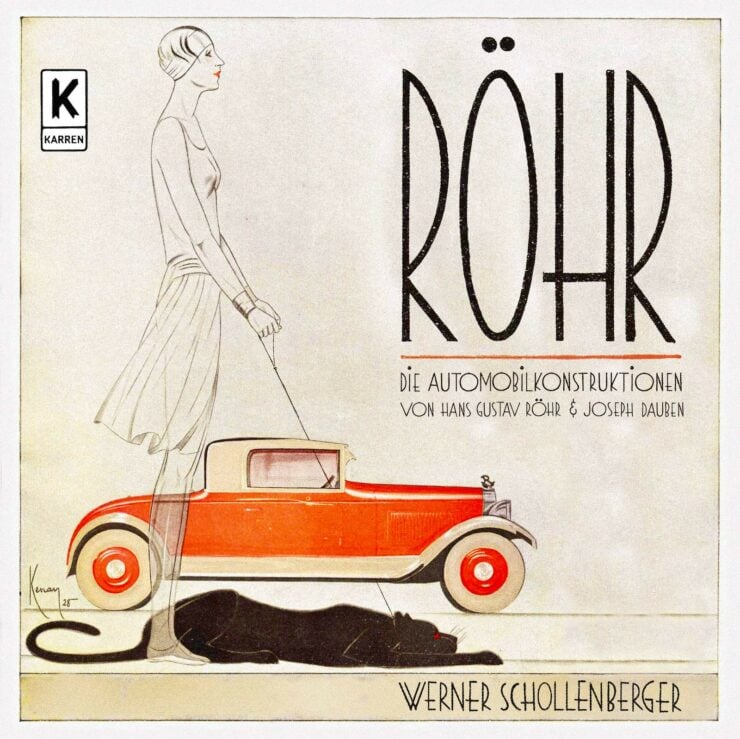

Hans Gustav Röhr had proven himself to be a talented designer and engineer early on in life, designing his own advanced aircraft in 1912 at the age of just 17. His design used a monoplane layout in an age when biplanes were standard fare, using an internal structure that didn’t require wire tensioning.
He became a skilled pilot and served with the German armed forces as a fighter pilot during WWI before turning his hand to engine design. After the war when German aircraft manufacturing was banned he shifted his focus to automobile design.
After starting his namesake automaker in 1926 his first car was the Röhr 8, an advanced car for the time with independent front and rear suspension and a straight-eight engine up front. It was followed by the Röhr 8 Type R and then the Röhr 8 Type RA.
Thousands of Röhr automobiles were sold up until the Great Depression descended across Europe and much of the world. Money for buying new cars dried up and Röhr was unable to continue, declaring bankruptcy.
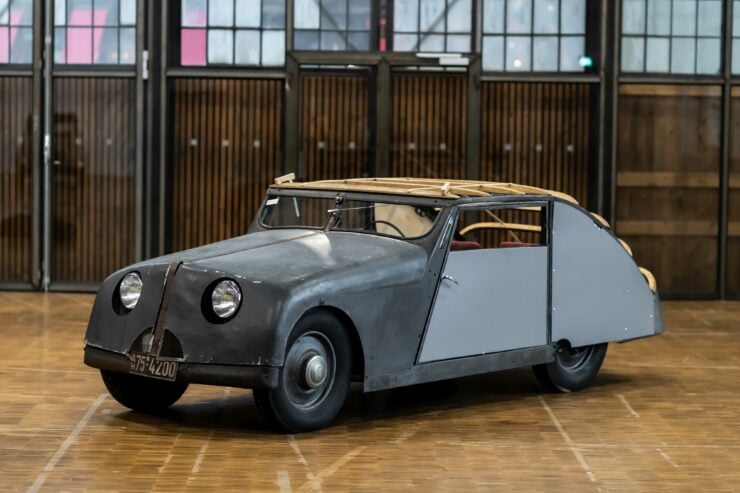

This wouldn’t be the end for the company though, it was revived by new investors in 1931 and renamed Neue Röhr AG. Automobile production was restarted and a new model was developed on the small and inexpensive platform of the Tatra 75.
The Röhr Junior
The first all new car released by Röhr after it was revived was the Röhr Junior, it was perfectly positioned for the period of sustained financial hardship that it was born into.
The car was far more affordable than the larger Röhr 8 series vehicles but it remained relatively advanced, with independent front and rear suspension, and it had an air-cooled 1.5 liter four-cylinder boxer engine.
Approximately 1,700 examples were built, a notable success given the economic and political forces at play in Germany in the mid-to-late 1930s. The company was ultimately shut down by the Nazis due to the presence of Jewish investors on the board of directors.
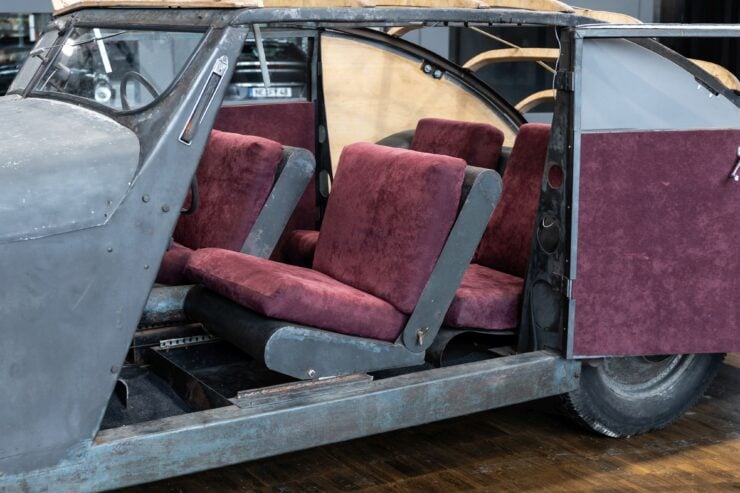

This wouldn’t be the end for Hans Gustav Röhr however, after leaving Röhr in 1931 he went on to become the Chief Designer at automaker Adler, then the Technical Director at Daimler-Benz.
The Röhr Tatzelwurm Shown Here
The car you see here is the little-known Röhr Tatzelwurm, named after the mythical creature with the head of a cat and the body of a serpent. As mentioned in the introduction it was designed by Karl-Wilhelm Ostwald when he was still a mechanical engineering student on the chassis of a Röhr Junior.
Of course, the chassis and drivetrain of the Röhr Junior actually came from the Tatra 75, an advanced Czechoslovakian mid-sized car that had been licensed for production by Neue Röhr AG.
The design created by Ostwald is notable for its advanced aerodynamics, by the standards of the mid-1930s this car must have looked like a low flying spaceship compared to the other cars on the road in the era.
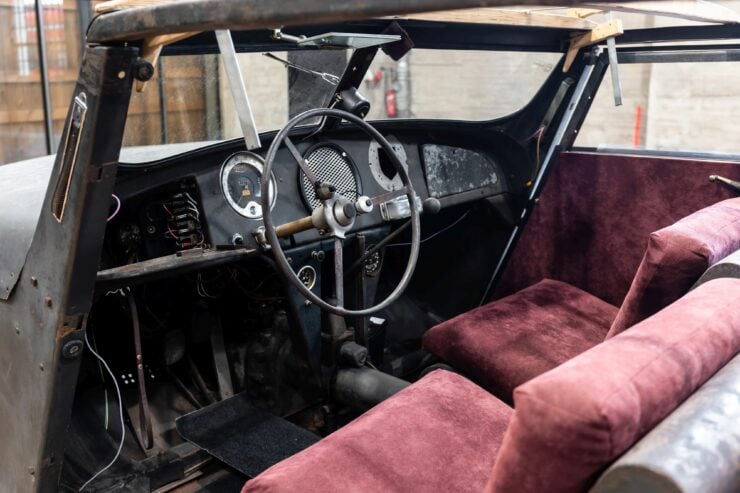

Ostwald designed the car with a long sloping fastback and unusual front end that fully covers the wheels and headlights inside a fully faired hood section. The vast majority of cars in production at the time had exposed headlights, a center engine cover/hood section, and separate fenders that curved up and over the front wheels.
The front end of the Tatzelwurm is made up of a thin central section and two hoods, one on each side that can be opened individually for access to the engine bay. Inside the car you’ll find seating for four, the front two seats are adjustable, and the fabric top can be slid back for open air motoring when weather permits.
Karl-Wilhelm Ostwald would go on to have a successful career as an engineer though not in the world of car design. He was hired by the German government to measure the evenness of the country’s famous autobahns and highways – which are now famous for being some of the best in the world.
Ostwald and his family would keep the car for almost 40 years before it was purchased by a collector, this collector is now offering the car for sale through Artcurial with a price guide starting at $54,300+ USD.
If you’d like to read more about the car or register to bid you can visit the listing here.
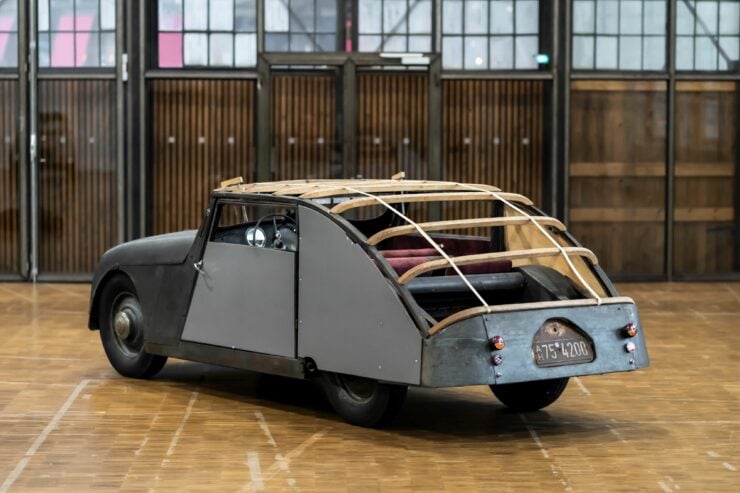
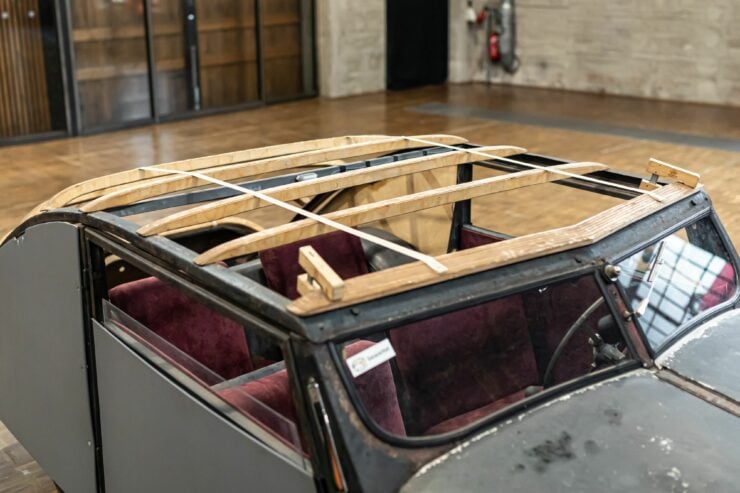
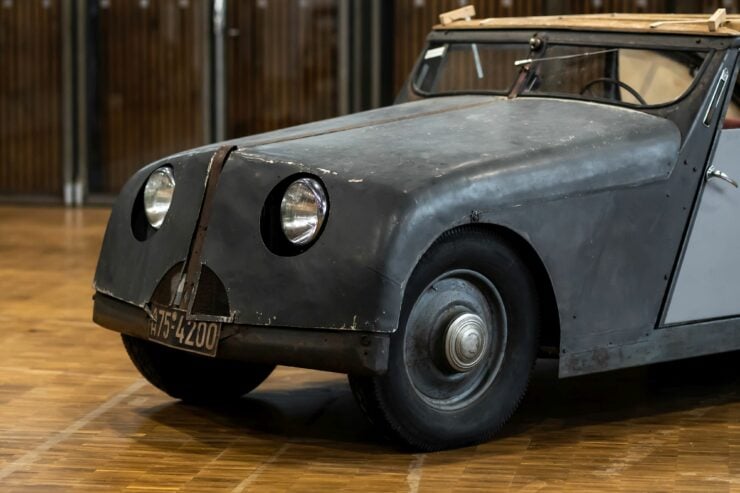
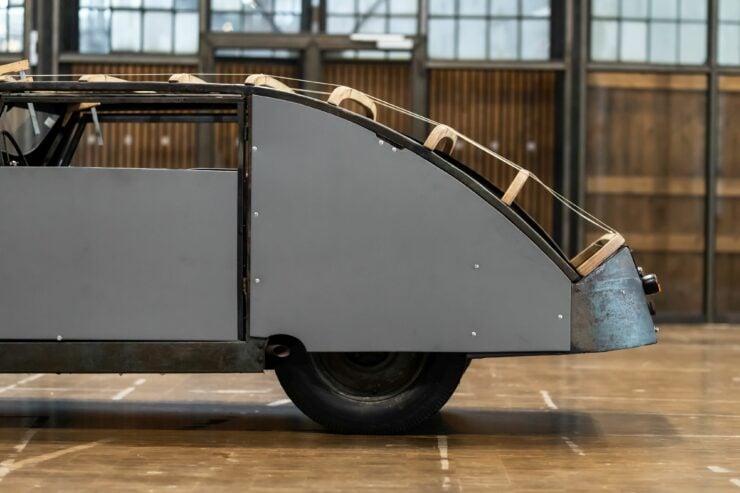
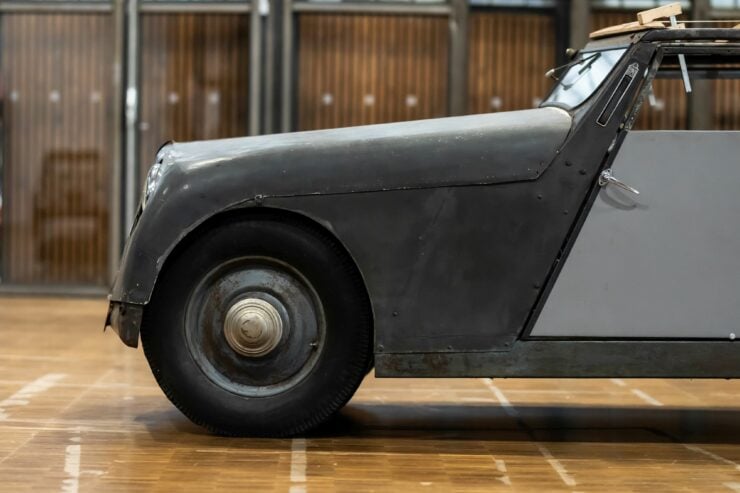
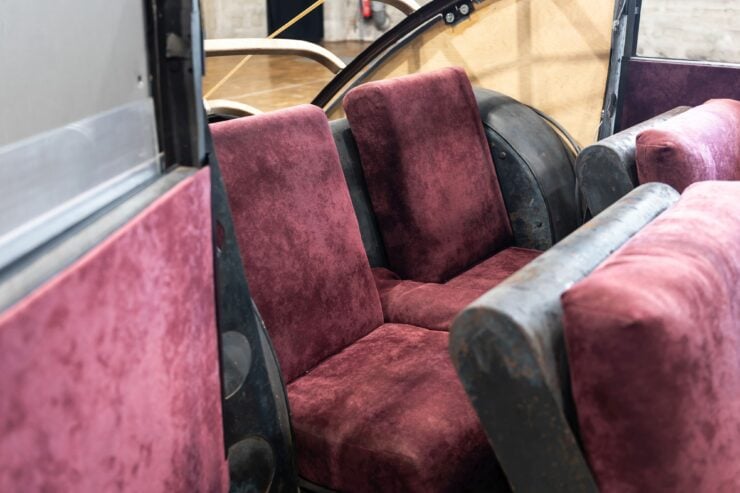
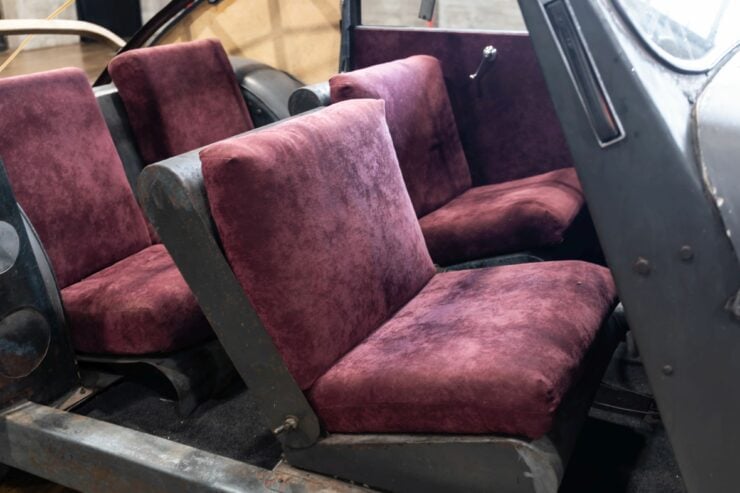
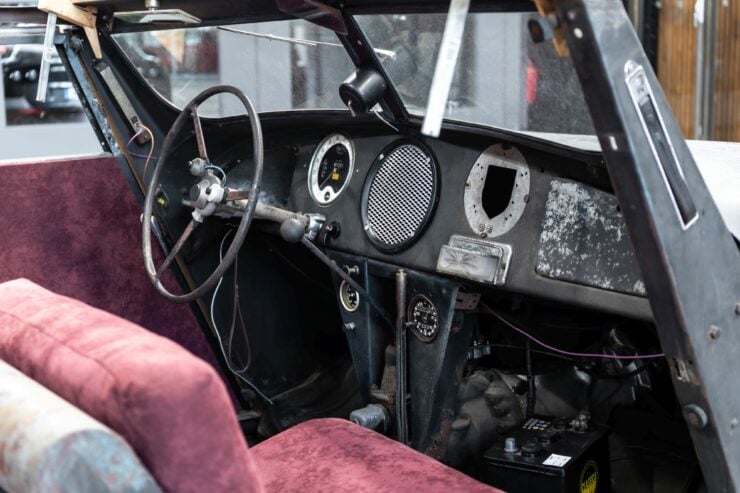
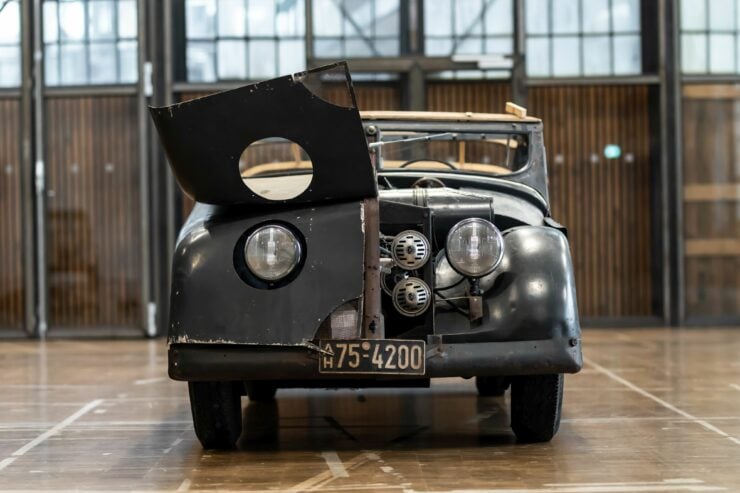
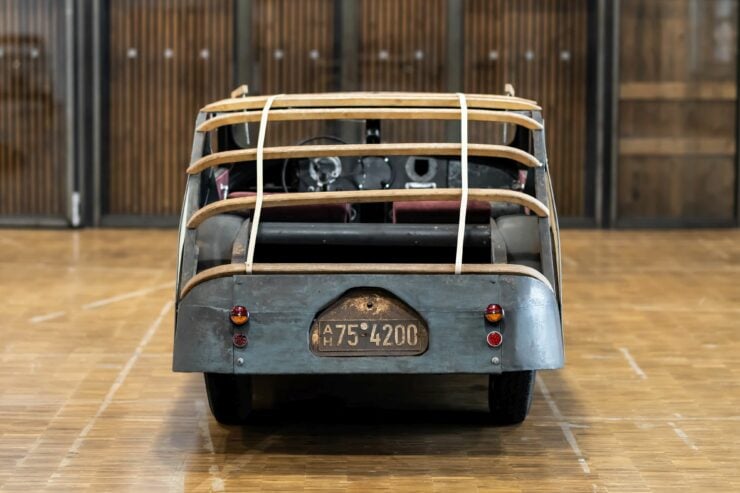
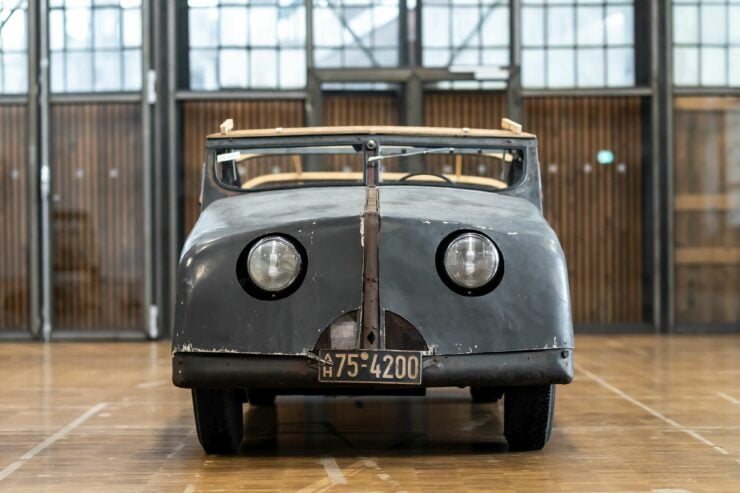
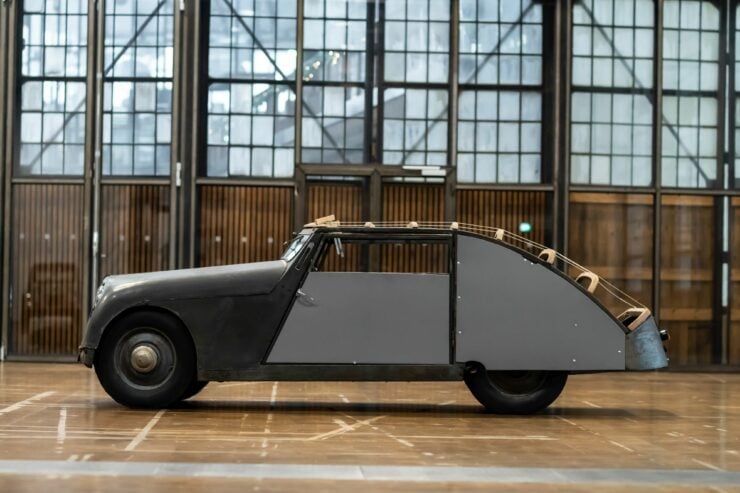
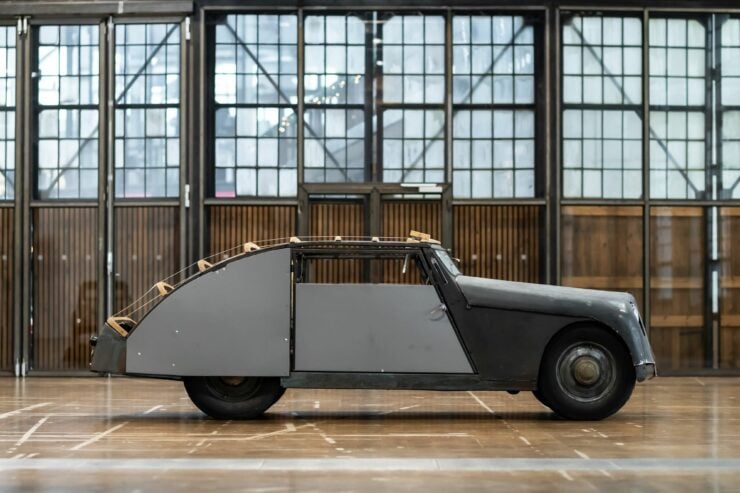
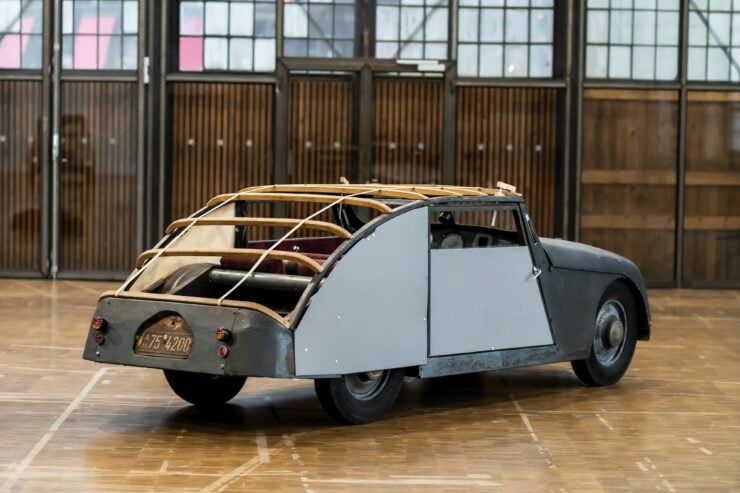
Images courtesy of Artcurial

